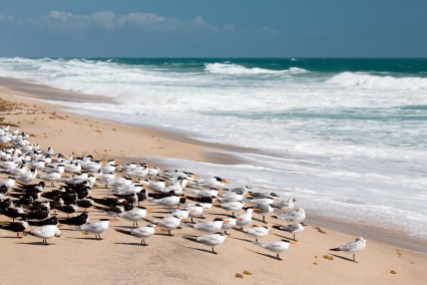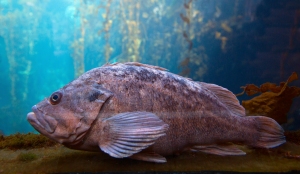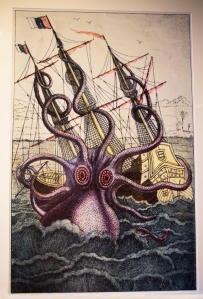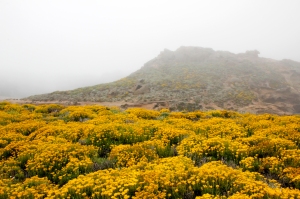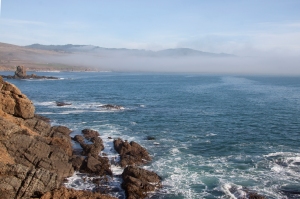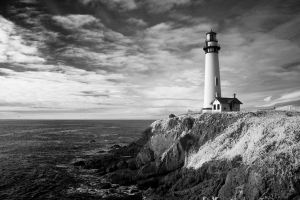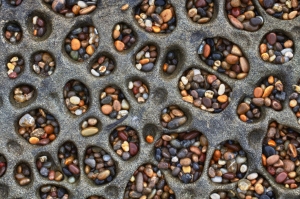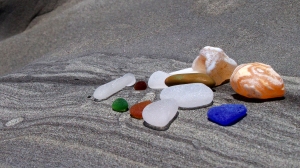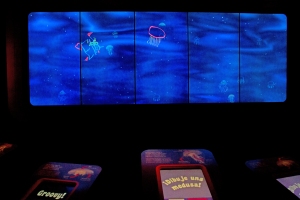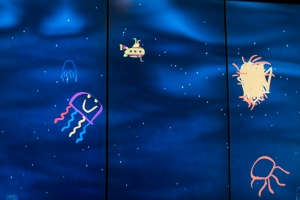
Overall Ceramic and Pottery Shards

Overall Colorful Sea Glass Pieces

This ceramic piece says 1945 – the year World War II ended.

This ceramic piece says Japan and includes a rising sun and Japanese characters, which dates it to the late 1940s. One of the characters on the bottom line refers to water, and it may be part of the name of the manufacturer.

This ceramic piece has a beautiful blue willow pattern – the most popular pattern in the history of dinnerware.

The writing on this piece ends in “erey” – perhaps it is part of the word “Monterey”.

This unique piece is chicken wire embedded in textured striated glass (used for reinforcement and safety glass in cabinets, plus windows at schools and fire stations). This is a hot new vintage glass being recreated for current products. A piece of sea glass half this size was recently posted for sale on eBay with a starting bid of $69.99.

This must-have piece of glass is Jadite – opaque green glassware dating to the 1930s. It was so favored by Martha Stewart that she reintroduced this glass to modern times.

This ceramic piece is decorated with a beautiful pink pattern – perhaps flowers.

This ceramic piece is a bright green chartreuse color – perhaps Fiestaware from the 1950s.

This clear glass piece is a bottle top ring. It was so highly prized by Calvin Klein that he dressed his best models in sea glass rings.

This piece is part of a striped ceramic plate.

Sea Glass Collected in February 2020.

Misc Sea Glass Finds including Hand Painted Ceramic Piece with Orange Poppies, Baby Blue Piece of Tile, and Others.

This round bottom was made by Glass Containers Inc. between 1933-1960s. It may have been from a decorative liquor bottle. On the upper left are what looks like two interlocking diamonds, which are actually the initials GC.

This Mission Dry Corp Round Glass Bottom is from a Mission Royal Punch Cola Bottle from the 1940s/1950s.

Advertisement for Mission Royal Punch Cola in the 1940s/1950s. Matches the Mission Dry Corp Round Glass Bottom.
Recently we found amazing sea glass at Seaside Beach, California (near Monterey). We found some of the pieces on the beach, but Richard noticed that the best pieces were out at the surf line. After I saw a piece I just HAD to have, I took off my shoes and socks and went into the 50 degree ocean water – brrrrrrrr! Although I got soaked, it was worth it. Each piece of glass tells a story – it is like holding a piece of history in your hand. All of the sea glass is worn smooth and pitted by ocean weathering, so it is at least 50 years old. If you recognize or know more about any of these pieces of glass, please let me know.
UPDATE: We returned to collect sea glass at Seaside in February 2020. Still lots to find! Our new favorites include the hand painted ceramic piece with orange poppies, baby blue piece of tile, the GC round glass bottom from an ornate liquor bottle, and the Mission Royal Punch Cola bottle bottom (the camel advertisement from the time is fantastic!).
